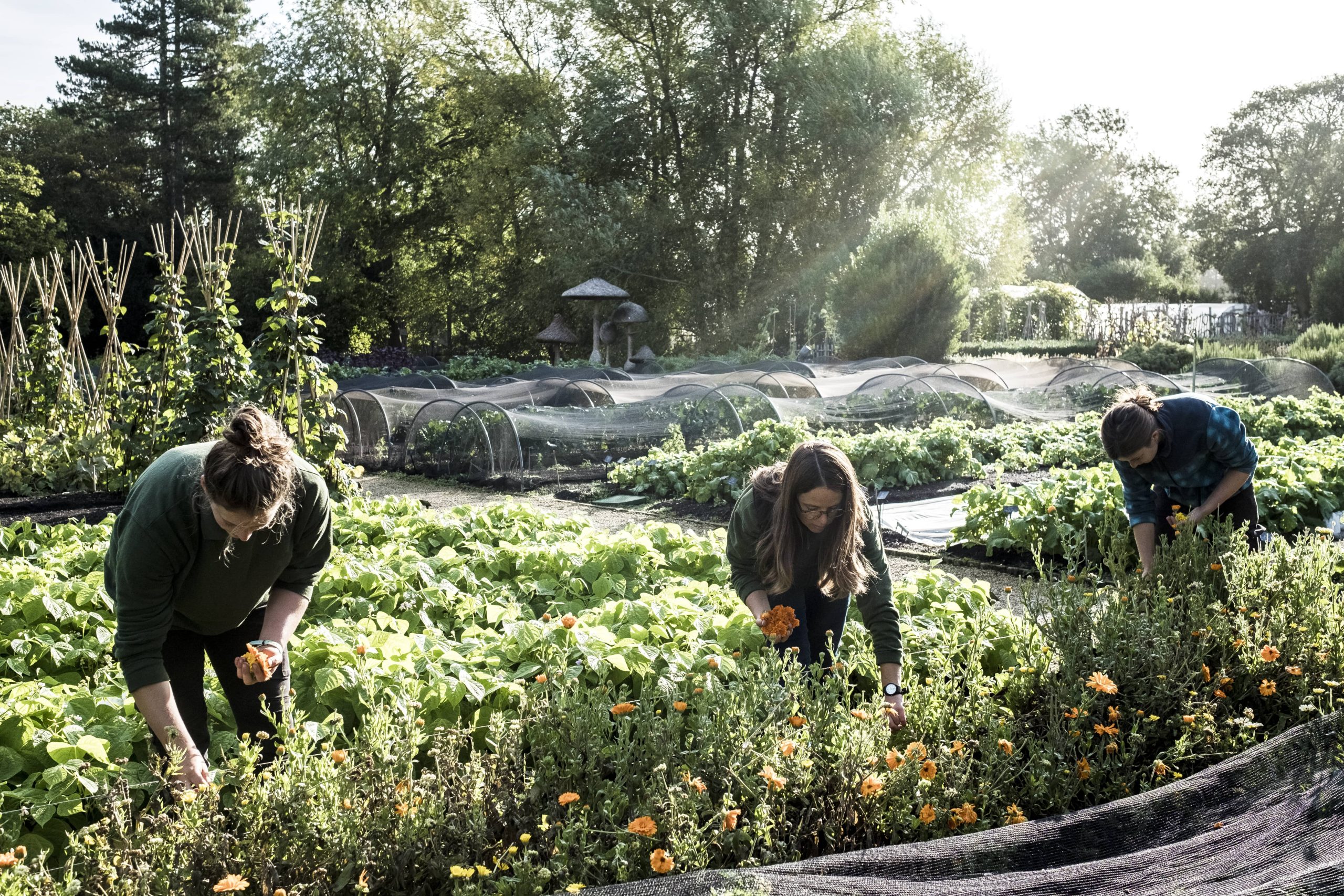
Timing and Techniques for Optimal Plant Fertilization
Fertilization is a crucial aspect of gardening that can make the difference between a lush, thriving garden and a lackluster landscape. Understanding the right timing and techniques for optimal fertilization can improve your plant health, enhance blooms, and increase vegetable yields. Whether you’re a seasoned gardener or new to the art of cultivating plants, grasping these fundamentals will help ensure your garden flourishes.
Understanding Fertilization
Before diving into the when and how, it’s important to understand what fertilization is and why it’s necessary. Plants require a range of nutrients to grow, with nitrogen (N), phosphorus (P), and potassium (K) being the three primary macronutrients. These nutrients, along with secondary nutrients and trace elements, aid in everything from root development to chlorophyll production. Soil naturally contains many of these nutrients, but over time, their availability to plants can diminish. Fertilization replenishes these essential nutrients, promoting healthy growth.
Timing: When to Fertilize
The timing of fertilizer application is as important as the type of fertilizer used. Applying fertilizer at the wrong time can lead to nutrient leaching, runoff into waterways, or burning of plant roots.
1. Seasonal Timing:
– Spring: This is the most active growing season for most plants. Fertilizing in early spring jumpstarts the growing process, giving plants the nutrients they need as they break dormancy. Apply a balanced fertilizer during this time to support vigorous growth.
– Summer: Different plants have varying needs during the summer months. For flowering plants, a mix higher in phosphorus helps promote blooms. Lawns, which grow rapidly during this period, may require additional nitrogen. Be cautious not to over-fertilize, as excessive heat can stress plants.
– Fall: Fertilizing in the fall helps prepare plants for winter. An application of a low-nitrogen, high-potassium fertilizer strengthens root systems, which supports plant health through the colder months and prepares them for spring growth.
– Winter: Generally, it’s best to avoid fertilizing in winter, as most plants are dormant and cannot absorb the nutrients. However, exceptions include specific winter crops or houseplants that might benefit from very light fertilization.
2. Plant-specific Timing:
Different plants have specific needs that dictate fertilization timing. For instance, bulbs like tulips and daffodils benefit from fertilization both in the fall when planted and again in early spring as they emerge. Vegetable gardens typically respond best to slow-release, balanced fertilizers applied at planting, with additional side-dressing throughout the growing season as needed.
Techniques: How to Fertilize
1. Know Your Soil:
Start with a soil test to determine existing nutrient levels and pH. Soil testing kits are available at most garden centers and provide insights into which nutrients are lacking. This allows you to select fertilizers that supplement those deficiencies, ensuring more precise and effective fertilization.
2. Choose the Right Fertilizer:
Fertilizers come in various forms – granular, liquid, organic, and synthetic.
– Granular Fertilizers: These provide slow-release nutrients and are ideal for long-term feeding. Apply them evenly over the soil surface and water them in to help dissolve the granules and carry the nutrients to the roots.
– Liquid Fertilizers: These offer quick results and are absorbed more rapidly by plants. They’re excellent for foliar feeding, where the fertilizer is applied directly to the leaves, beneficial for fixing specific deficiencies swiftly.
– Organic vs. Synthetic: Organic fertilizers, made from natural materials like compost or bone meal, improve soil health and structure over time but tend to act slower than synthetics. Synthetic fertilizers provide immediate nutrient availability, useful for a rapid growth boost.
3. Application Techniques:
– Broadcasting: Spread fertilizer evenly across the entire area. This method is suitable for lawns and large garden beds. Use a broadcast spreader for an even application.
– Side Dressing: Apply fertilizer along the sides of rows or around the drip line of plants. This technique is ideal for vegetable gardens and individual shrubs.
– Foliar Feeding: Execute this by spraying liquid fertilizers directly onto the leaves. It’s a quick fix for nutrient deficiencies and gives plants an immediate boost.
4. Watering is Key:
After any fertilization, proper watering is essential. This helps dissolve nutrients, allowing them to penetrate the soil and reach the root zone efficiently. However, take care not to over-water as it can wash away the nutrients before they’re absorbed.
5. Avoid Over-fertilization:
Too much fertilizer can harm plants and the surrounding environment. Signs of over-fertilization include wilting, browning leaf edges, and plant decline. Always follow the instructions on the fertilizer package, and when in doubt, err on the side of using less.
Conclusion
A successful fertilization strategy is a critical component of garden management. Accurately timing when to fertilize and using the appropriate techniques can significantly boost plant health and productivity. Remember, it’s not just about enriching your plants but also enhancing the overall ecosystem within your garden, promoting sustainability, and reducing environmental impacts. With these guidelines in hand, your outdoor garden and landscape are set for thriving health and beauty all year round. Happy gardening!













